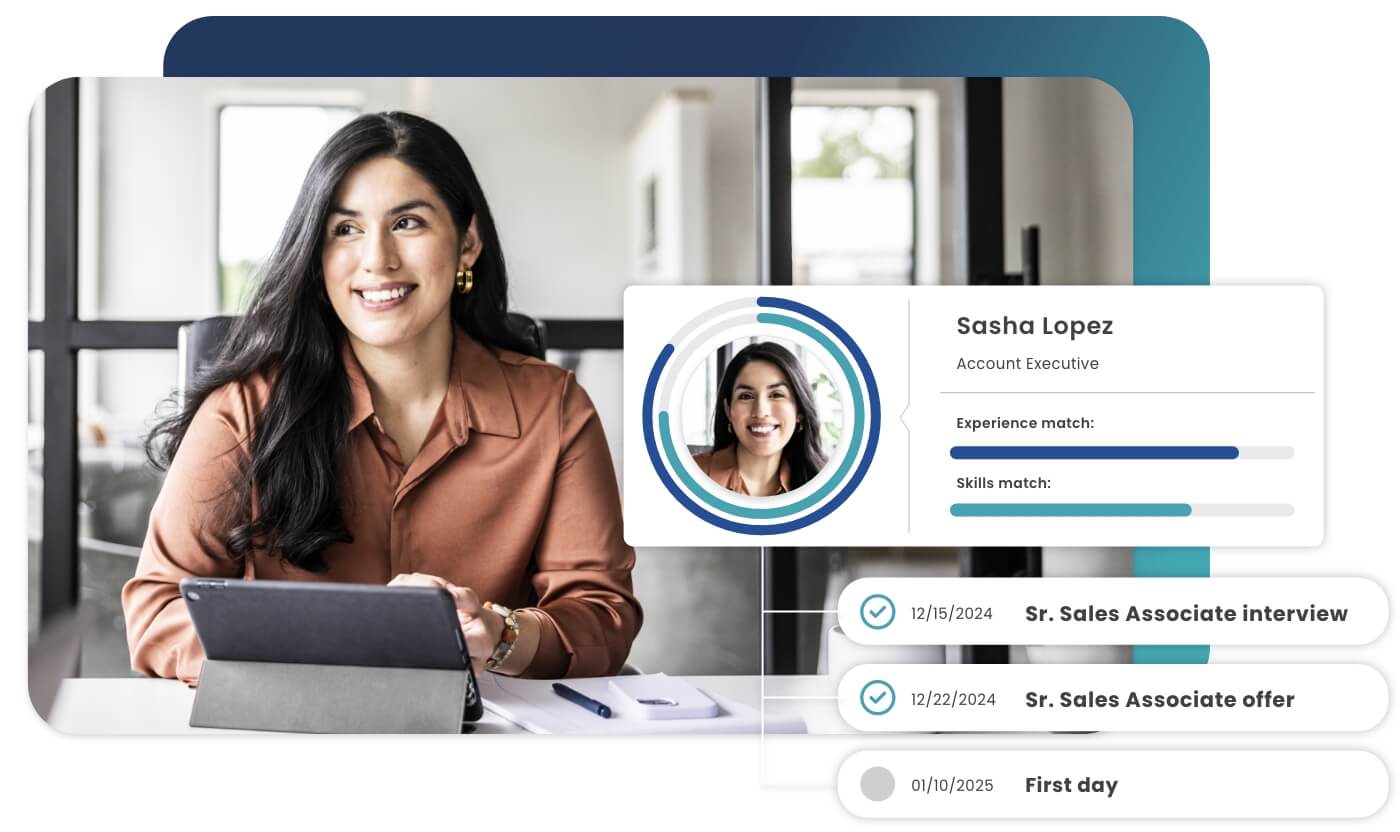

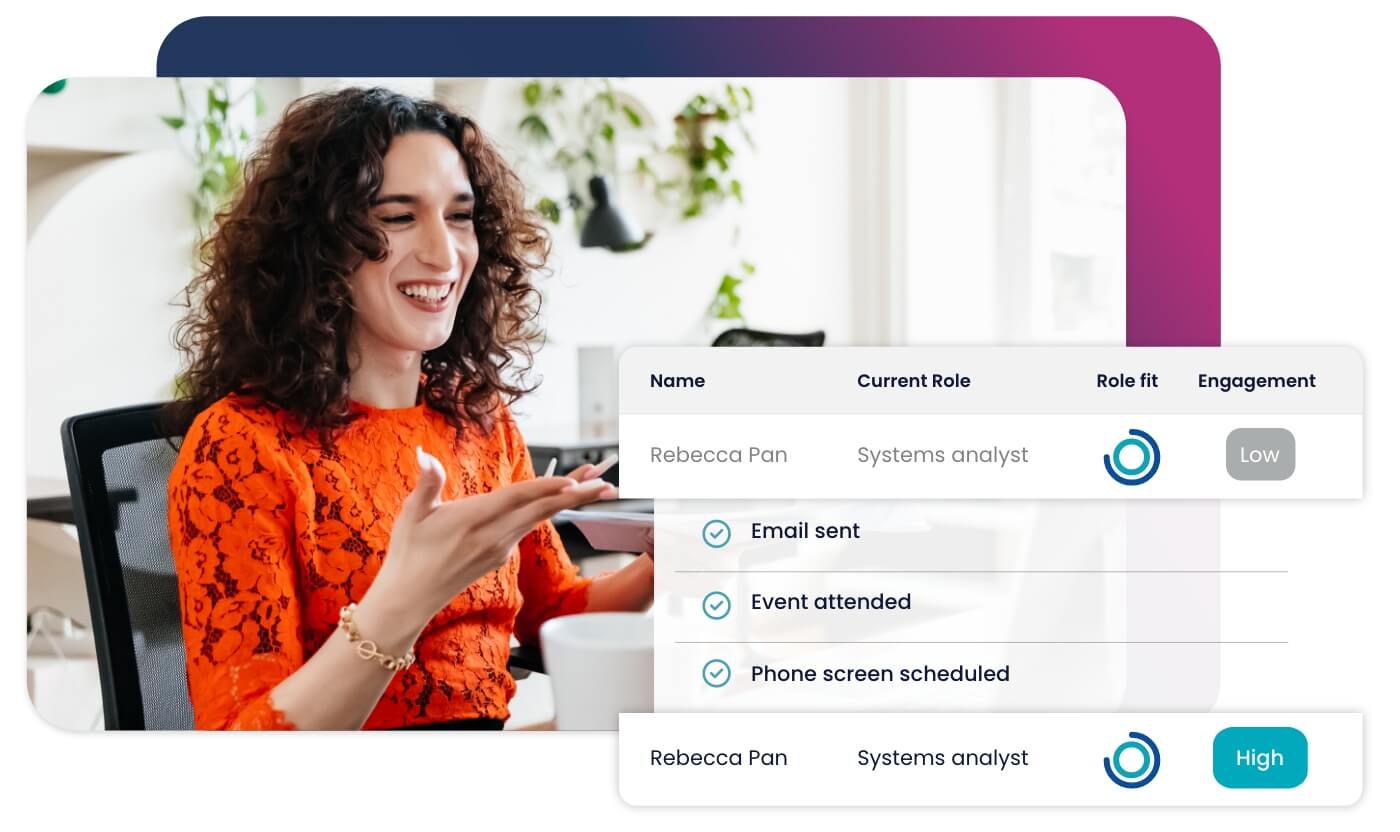
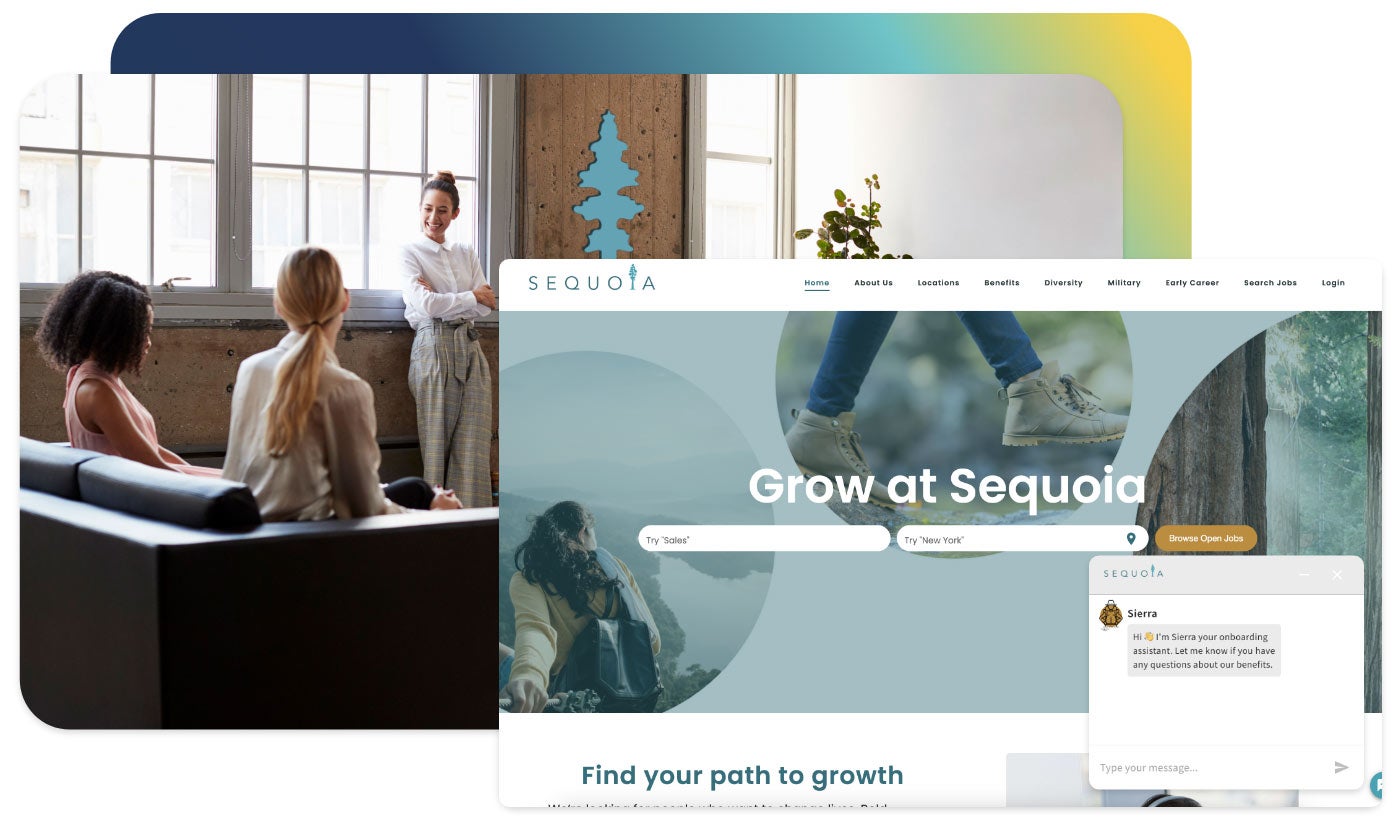


Accelerate hiring key talent to deliver care and exceed patient satisfaction.

Attract skilled candidates, speed up hiring and grow expertise in your workforce.

Simplify recruiting finance and banking talent with a platform for hard-to-fill roles.


Build a talent pipeline that engages and drives your business forward.


See how diverse and global enterprises use iCIMS to employ millions, drive innovation and connect communities worldwide.

Learn how a beloved restaurant hires 40,000+ annually with a great candidate experience.
Uncover unique market insights, explore best practices and gain access to talent experts across our library of content.


View press releases, media coverage, the latest hiring data and see what analysts are saying about iCIMS.


Streamline your tech stack and take advantage of a better user experience and stronger data governance with ADP and iCIMS.

The combined power of iCIMS and Infor helps organizations strategically align their business and talent objectives.
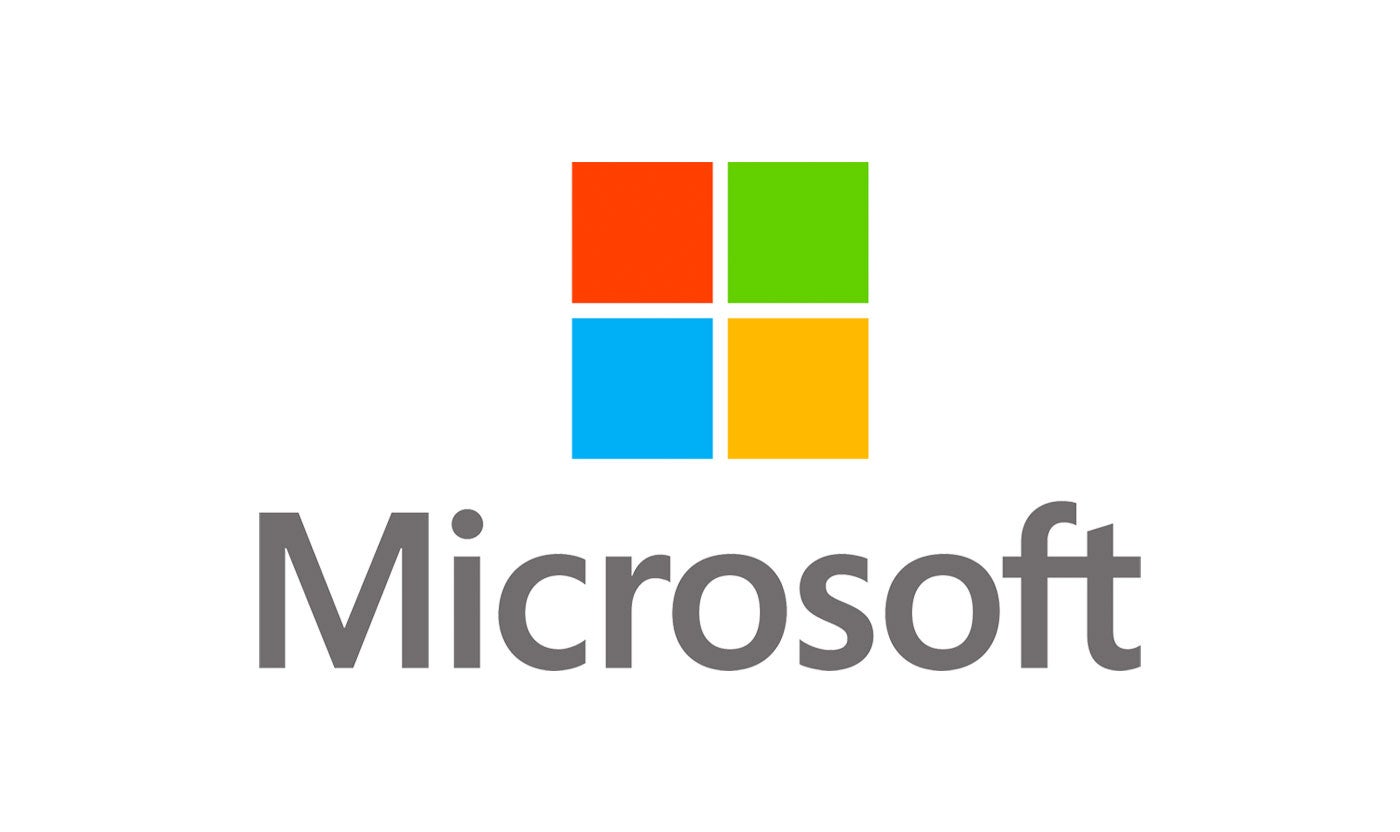
Our award-winning partnership with Microsoft is grounded in a shared desire to transform the workplace and the hiring team experience.
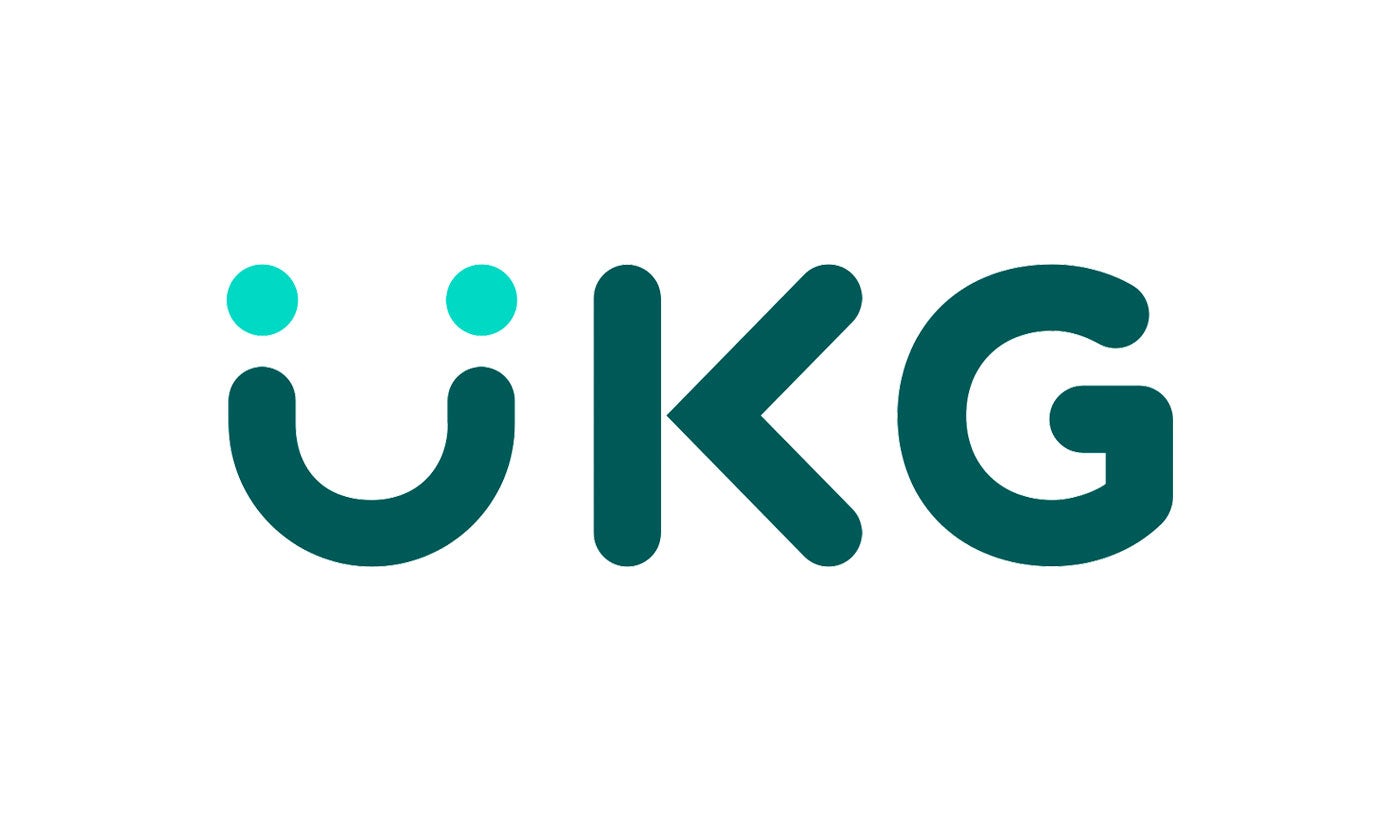
Our partnership with Ultimate Kronos Group (UKG) supports the entire talent lifecycle by bringing frictionless recruiting solutions to UKG Pro Onboarding.

“I press the red button!”
That is what makes up most of my conversation with my 3-year-old niece as we FaceTime every night.
I love video technology. It has positively impacted my life both personally, to see my mom who lives several states away, and professionally, to have effective conversations with remote colleagues. It’s also enabled me to grow my team through remote hiring.
As someone who has filled the shoes of both a candidate and a hiring manager, I truly appreciate how video interviewing allows organizations to see the person behind the resume.
Within your applicant tracking software, video can be deployed throughout the hiring process with asynchronous (one-way, on-demand) interviews, two-way live interviews, and for candidate assessments.
We often speak of video interviewing software in terms of efficiency and there’s a good reason for that. According to iCIMS research, recruiters reported an 80% decrease in the time required for effective screening and a 57% decrease in time to fill when using video technology. (Read how Esurance’s talent acquisition team describes the technology as “life-changing.”)
Yet, there’s another benefit to adding video to your candidate communication that often goes unnoticed: strengthening your diversity and inclusion hiring strategy.
It opens you up to a more diverse pool of candidates—from new graduates to veterans—so you can see past the resume and understand who the person really is and how they can add value. Video can also help screen for culture-fit, while authenticating your company’s commitments to building a diverse culture.

When Goldman Sachs introduced asynchronous video interviewing, they were able to efficiently interview 40% of applicants to their internship program, compared to 20% the year prior. They were also able to expand their applicant pool to connect with students from 1,268 schools around the world.
What was most surprising? Before implementing video technology, interviews would take place during business hours. When students were presented with more flexibility, the most requested time slots were on Thursday and Sunday nights.
In today’s environment, hiring is competitive as organizations fight for the same talent for their specialized roles. Not to mention that many candidates are currently employed and cannot engage with recruiters during business hours.
Video engages top talent and boosts the candidate experience, beginning at your career site. Corporate career videos, on-demand video interviews, and a 24/7 chatbot help applicants find best-fit jobs – on their own time.
And for recruiters – rather than wasting time sorting through mounds of unqualified applicants – they can leverage video to automatically qualify candidates.
A big part of a successful veteran hiring program is recruiters understanding how military skills are transferrable to their current open positions. Video conferencing has been part of military life for over a decade and therefore the medium is comfortable for veterans transitioning into civilian work. Virtual career fairs and video interviews help for a more connected conversation where candidates can give context to their military jobs so recruiters can see how the skills apply to their open roles. These virtual conversations are also helpful for active military who plan 6-12 months ahead in regards to their transition to civilian life and may be unavailable for on-site interviews.
During these conversations, recruiters should lean on a structured interview process so they have the right follow-up questions to dig into a veteran’s soft skills, as most military personnel are trained to be very direct in their communication and haven’t been in the position to build a personal brand. (Read how virtual tools can provide a human touch on page 6 of our virtual hiring eBook)
Candidates with disabilities may also have different needs when it comes to communication. Ensure your process complies with the American Disabilities Act and when applicants request accommodations, recruiters can offer video as part of those requests. Video can be an accommodation for those with hearing disabilities or for a candidate who is in a wheelchair and the interview location is not accessible to them.
Technology is here to make our lives easier, however, we will only succeed if we keep humans at the center.
Maybe you’ve never sat for a video interview for your own career. That might make you reluctant to add video to your team’s recruitment activities. Consider though that your candidates are already using video to communicate with family, friends, and coworkers for the same reason you do – it’s a better experience speaking face-to-face.
“We want to talk to the best talent, regardless of location,” said Amy Warner, director of talent acquisition, iCIMS. “These virtual tools allow us to do just that.”
Reviewed for accuracy on March 8, 2021, by Alex Oliver.




